Comprehensive Government Climate Report Warns That Warming Planet Threatens U.S. Water Security
Water infrastructure was not designed for past climate extremes, let alone future changes, report authors say.
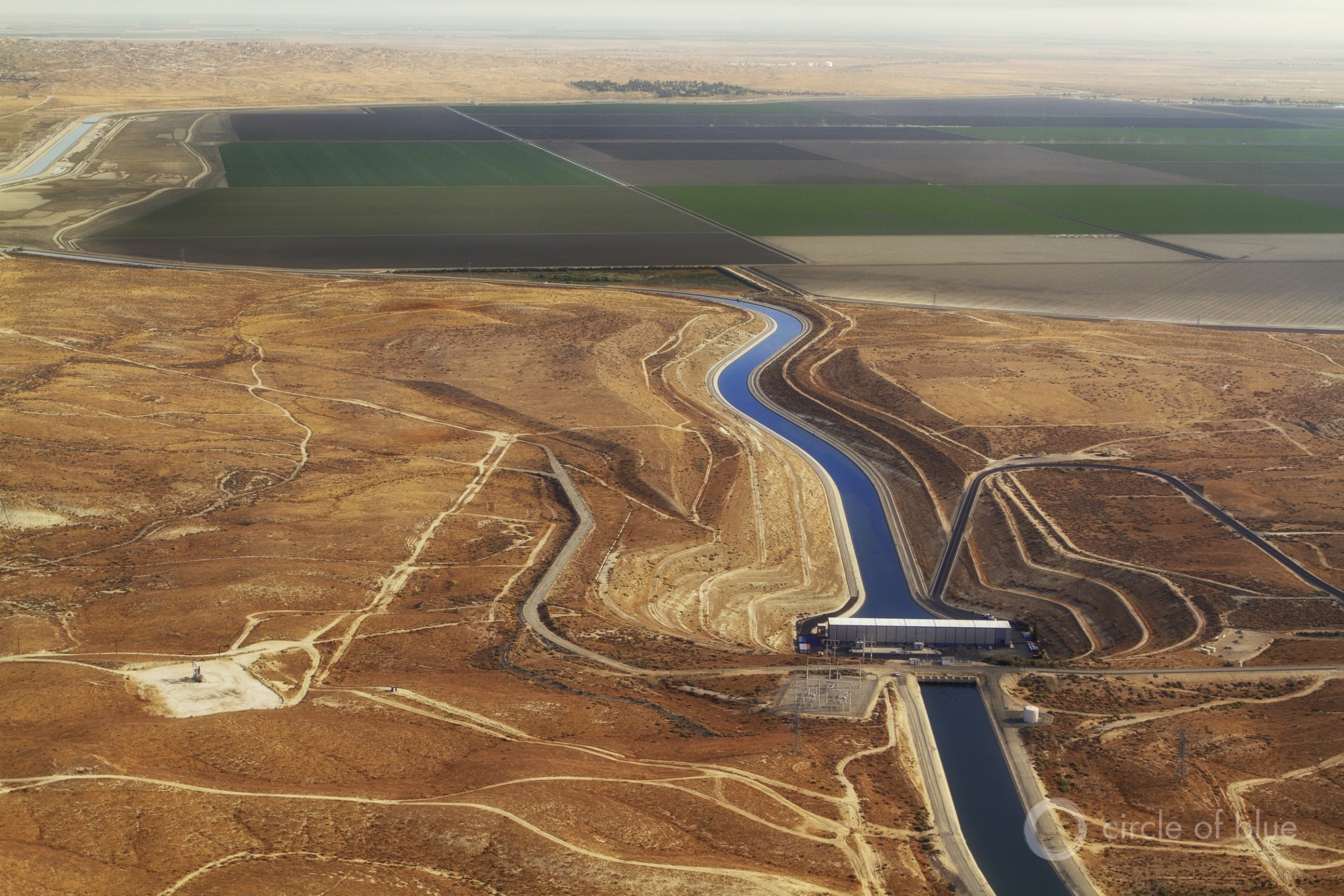
Water infrastructure in the United States is not designed for future climate changes, say authors of a U.S. government climate report. Photo © J. Carl Ganter/Circle of Blue
By Brett Walton, Circle of Blue
Putting human health, life, and jobs at risk, a reliable supply of clean water for cities, farms, industries, and ecosystems in the United States while also managing droughts and floods is “increasingly in jeopardy,” according to an expansive U.S. government report on the consequences of climate change in the country.
The National Climate Assessment, required by an act of Congress and written by more than 300 scientists, half from outside the federal government, is meant to inform U.S. leaders about changes to land, water, and air from a warming planet.
Released the day after Thanksgiving, the report focuses on how those physical changes will dramatically reshape human life and the systems that support it. The report also underscores troubling knowledge gaps about how the projected increase in extreme storms and heat will affect the nation’s water supply.
We don’t have a very good grasp as a nation what our water-related risks are.” Casey Brown, report co-author
“We don’t have a very good grasp as a nation what our water-related risks are,” Casey Brown, a co-author on the report’s water chapter, told Circle of Blue. “We seem to keep learning this every time there’s a flood or drought.”
The authors of the water chapter emphasized three elements of the interaction between climate change and man-made systems: water quality and availability will shift; dams, levees, drainage systems, and other components of the nation’s water infrastructure are aging and poorly designed for a topsy-turvy climate; and water managers will need to prepare for a broader set of climate stresses.
“You could talk about a lot of impacts to water,” Upmanu Lall, lead author of the report’s water chapter, told Circle of Blue. “We chose to talk about infrastructure because no one is highlighting that.”
Physical alterations to the country’s water supplies, many of which are already happening, will be far-reaching, the report says. On the coasts and islands, rising seas will drive saltwater farther inland underground, which will worsen flooding and spoil groundwater used for irrigation and drinking water.
In the mountains, more precipitation is falling as rain rather than snow, and glaciers are melting, both factors that change river patterns. Drying patterns are expected to be pronounced in the Southwest, where water managers today are debating how to share a shrinking Colorado River. In the lowlands, warmer temperatures are drying out soils, which increases drought risk and water demand for agriculture.
In lakes, rivers, and estuaries, warming temperatures contribute to an increase in harmful algal blooms like the ones in Florida this summer and fall that closed Gulf Coast and Atlantic beaches and killed turtles and fish. Those blooms, fed by nutrients from farm fields, wastewater treatment plants, and septic tanks, can be made worse when heavy rain storms flush out more nutrients and sediment. In cities, more intense storms can overwhelm the capacity of sewer and drainage systems.
Warmer rivers are becoming life-threatening for salmon, which can die when water temperatures rise above 20 degrees Celsius (68 degrees Fahrenheit).
Some adaptation practices today will increase vulnerability in the future, the report says. Extensive groundwater pumping to irrigate the orchards of California’s Central Valley and the corn, cotton, and wheat fields of the High Plains has depleted aquifers in those regions. That leaves less water available in those regions to buffer against future rainfall deficits.
“Risks posed by climate variability and change vary by region and by sector and by the vulnerability of people experiencing impacts,” said David Easterling of NOAA’s National Centers for Environmental Information. Poor and minority communities are most vulnerable.
Driven by increases in heat-trapping greenhouse gas emissions, the global average temperature has increased roughly 1 degree Celsius (1.8 degrees Fahrenheit) since 1850, which has thrust the climate into new territory. More frequent, intense drought and rainfall combined with deteriorating infrastructure are reducing resilience, Lall said.
“The twentieth century was kind of a lucky century,” said Lall, the director of Columbia University’s Water Center, meaning that the extreme weather of previous decades was not as extreme as in the centuries before.
“Right now, we’re barely prepared for extremes today, never mind extremes in the future,” said Brown, a civil and environmental engineering professor at the University of Massachusetts, Amherst.
Design deficiencies have lately become more apparent. The report cites dam failures in South Carolina in 2015 and in North Carolina in 2016 in the wake of tropical storms, as well as the cracking of Oroville Dam’s spillway during heavy rains in February 2017 as examples of infrastructure that was unable to withstand new pressures.
“We typically find out about vulnerabilities in the middle of events,” Brown said. “That doesn’t serve the public well.”
The problem is not just engineering design, Lall said. The country’s basic governing frameworks are based on a climate that no longer exists. Insurance policies, water rights, and regulations generally take into account neither past climate variability nor future changes.
The report does point out beneficial changes. Tighter plumbing codes have led to overall decrease in household water consumption, while water withdrawals in the country are falling. Some reservoir operators, instead of using fixed schedules, are using weekly and seasonal weather forecasts to guide water releases. In this way, water storage is more responsive to changing conditions.
The challenge for water managers, Brown said, is to begin understanding the long-term risks to their systems while adapting existing infrastructure for sharper swings from wet to dry.
Brett writes about agriculture, energy, infrastructure, and the politics and economics of water in the United States. He also writes the Federal Water Tap, Circle of Blue’s weekly digest of U.S. government water news. He is the winner of two Society of Environmental Journalists reporting awards, one of the top honors in American environmental journalism: first place for explanatory reporting for a series on septic system pollution in the United States(2016) and third place for beat reporting in a small market (2014). He received the Sierra Club’s Distinguished Service Award in 2018. Brett lives in Seattle, where he hikes the mountains and bakes pies. Contact Brett Walton

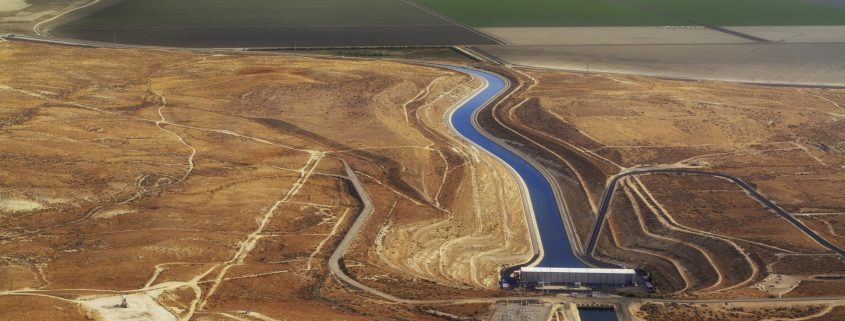

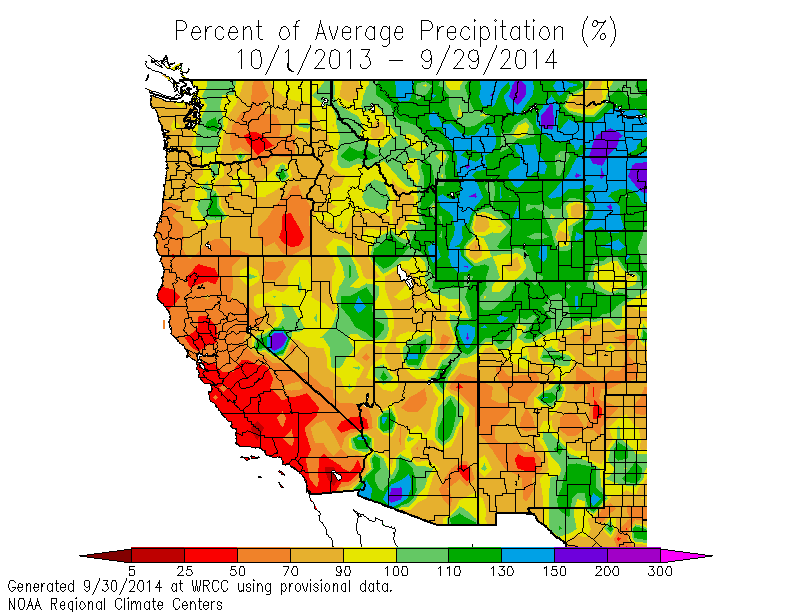
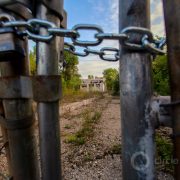
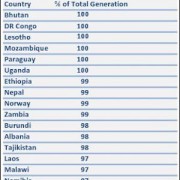
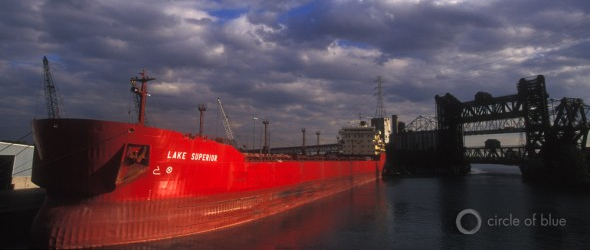
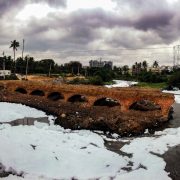



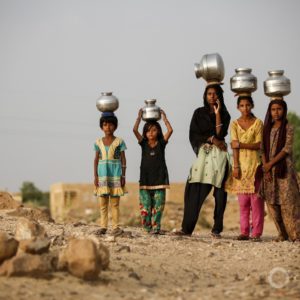
Leave a Reply
Want to join the discussion?Feel free to contribute!